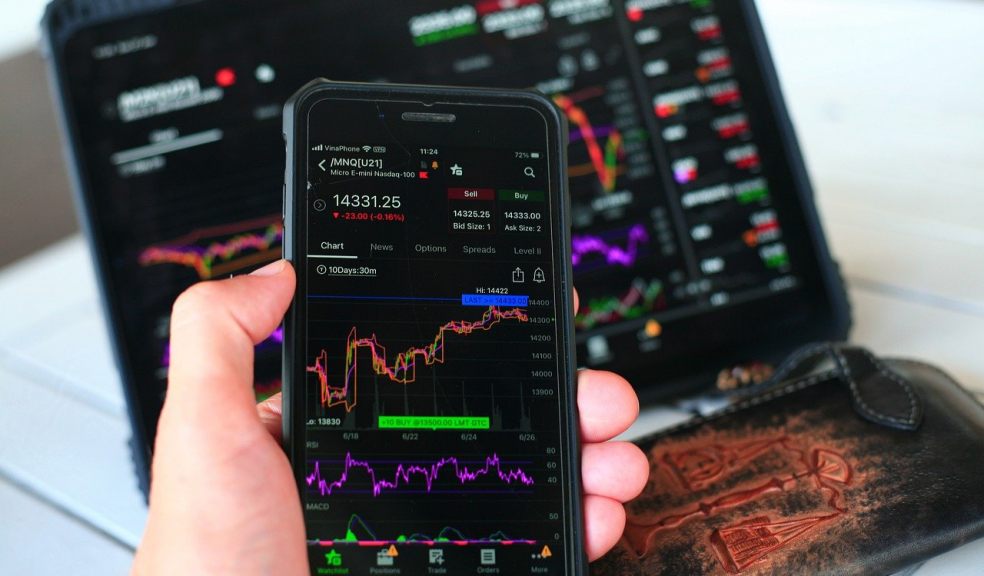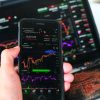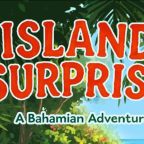
Which Forex trading platform should you be using?
Forex trading is the act of buying one currency while selling another; a trader will buy a currency when they believe its value will increase and sell when it is expected to decrease. There are a number of trading platforms that traders can utilise with each having their own unique features.
What Are the Pros and Cons of Forex Trading?
One of the biggest benefits of forex over other markets is the amount of liquidity available. As a highly volatile market, the volume of units being traded is huge and therefore there is great potential for making large gains on your capital.
With other types of investing, you often need to wait for organic asset value growth, however with forex there is often the potential for much faster returns. It is also very accessible as you are able to trade 24 hours a day during the week and can set up an account within a matter of days.
On the other hand, market volatility can also make it difficult to make significant gains in the short term. Small traders may be at a disadvantage as banks and other large financial institutions are able to buy in bulk and have better access to information.
Learning to trade in the forex market safely isn’t something that can be achieved overnight. Traders need to do their due diligence and research before signing up with a new broker.
Different Types of Trading Platforms
To start trading, you need to choose from a variety of different trading platforms and assess which ones have what it is you are after. For example, different sites have different programming languages.
One of the oldest languages is MQL4 which was first released in 2005, it is more straightforward than other languages but has its limitations. MQL5 has many more features and allows black box programming. These are used by MT4 MetaTrader and MT5 MetaTrader. If you’re unsure what one to use, it’s best to do your research and learn more about each one to make the best decision!
There is also the Lua programming language that is used on the forex platform TradeStation. If none of these appeal to you then trading platforms like ActTrader and cTrader use alternative languages.
The is also Currenex Classic for less experienced traders and Currenex Viking for those who are more familiar with trading platforms.
Downloadable or Non-Downloadable Trading Platforms
Before you sign up to start trading in forex, you will need to decide whether you want to use a downloadable or non-downloadable platform. Downloadable versions usually come in the form of software that must be installed on your mobile or computer device, they can only be accessed on that specific device.
Non-downloadable options are often cloud-based and accessed via an online site; these are often more convenient as they can be used on any compatible mobile or desktop device with an internet connection.
There are also two types of trading models that you should be aware of, these are dealing desk platforms and non-dealing desk platforms. Platforms like MetaTrader, ActTrader and TradeStation are connected to the broker’s dealing desk where pricing information begins.
Whereas Currenex Viking and cTrader are both direct market access platforms that get pricing information directly from liquidity providers.
Chart Time Frame Offerings
Each platform will also have their own chart time frame offerings. Short term charts with lower time frames allow newer traders to gain experience quickly and offer the potential for quick profits.
However, seeing profits and losses appearing at such a fast rate can make it difficult for less experienced traders to make well informed decisions. Higher time frames give you the opportunity to think through the trade and generally involve less time at your screen.
These higher chart time frame offerings do mean seeing profits will take longer and are generally favoured by those already well immersed in the trading lifestyle.
Types of Forex Orders
- Limit Order
This is when you order your broker to only buy or sell at a specific price limit or better. This helps to reduce the risk of sudden price inflation.
- Stop-Loss Order
When you place a stop-loss order you exit the trade once a certain price is reached, this limits the amount of loss you can make in a single trade. This can also help prevent you from over trading in the spur of the moment.
- Market Order
Using a market order you tell the broker to enter or exit a trade at a specified time at the best available price. This can be useful with the right strategy and can lead to the loss or gain of a few pips.
- Trailing Stop Order
This is similar to a stop-loss order but moves as the price moves and the broker is instructed to buy or sell when the price goes in an unfavourable direction.
- Take Profit Order
Lastly, the take profit order closes the trade automatically when it reaches the desired point. This order is often used in conjunction with the stop-loss order.
When choosing a trading platform it is important to research which types of trading orders are available to you as these will form an essential part of your forex trading strategy.
Besides the above considerations, you should also look at the level of customer support on the platform and whether it is open 24/7. Some platforms are designed to be used by only advanced traders while others are more user-friendly for beginners.
Plan ahead and decide what your short- and long-term financial goals are, how trading will help you to achieve them and how much time you have to invest in getting to know the ins and outs of forex and your chosen platform.



















